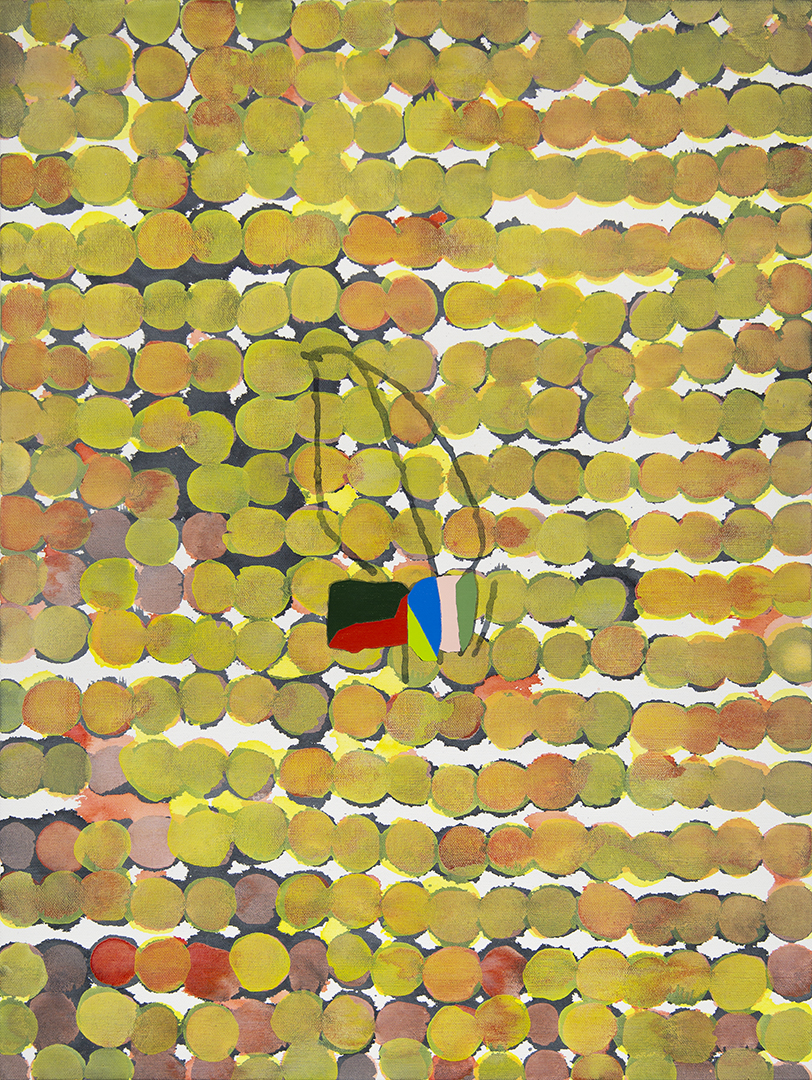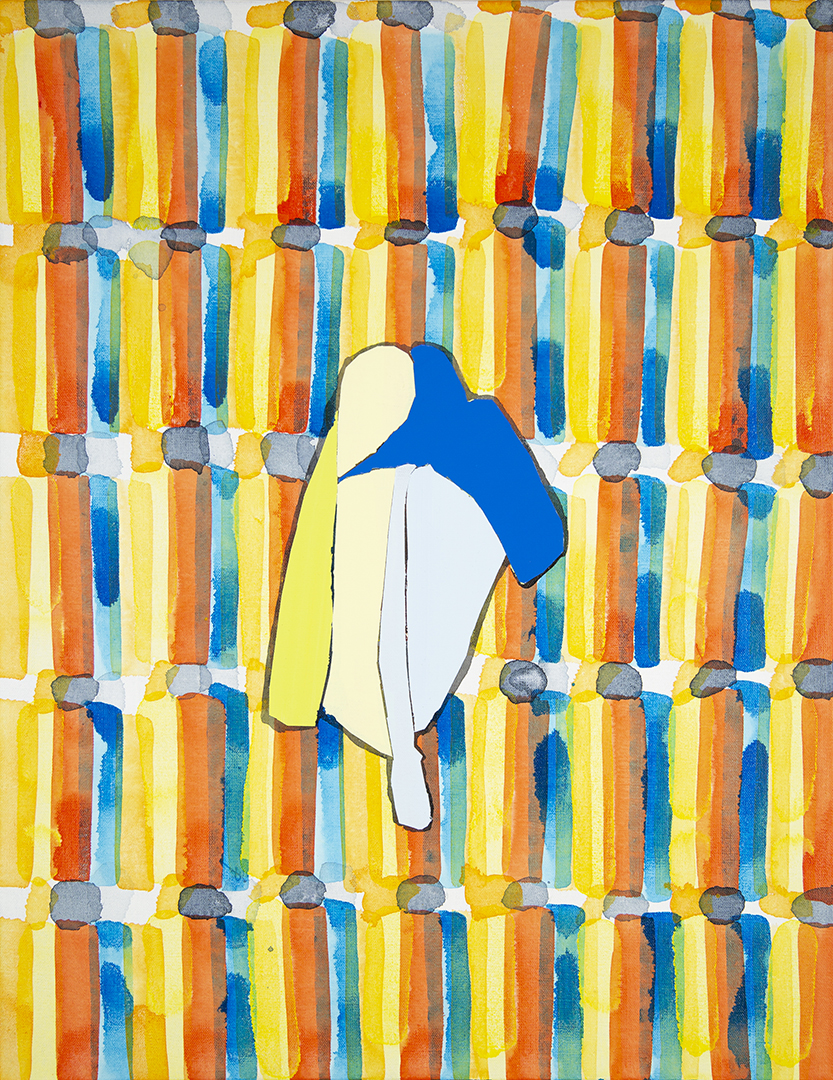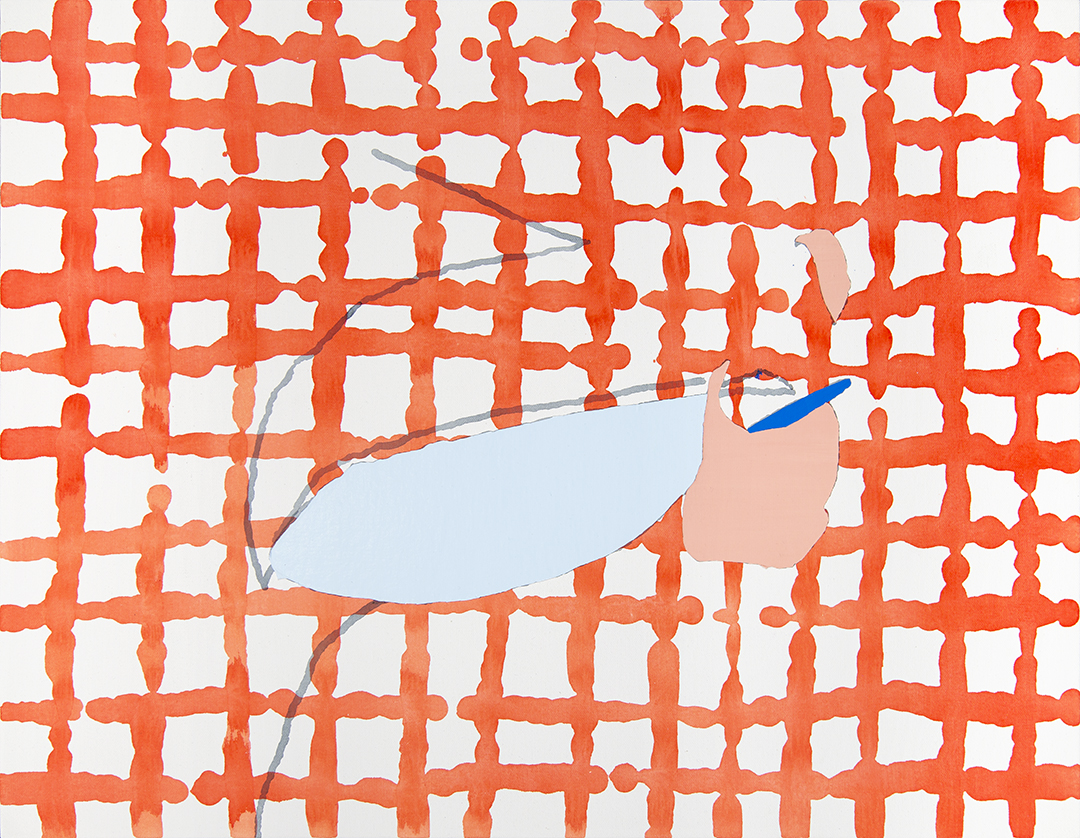
untitled (rubber tree paintings)
2018
Enamel and acrylic on canvas on panel
24" x 18"

untitled (rubber tree paintings)
2018
Enamel and acrylic on canvas on panel
23.5" x 18"

untitled (rubber tree paintings)
2018
Enamel and acrylic on canvas on panel
24" x 18"
Biography
Douglas Degges received his MFA from the University of Iowa and his BA from Rhodes College in Memphis, TN. His work has recently been exhibited at the Milwaukee Institute of Art & Design, Night Light Gallery in Chicago, IL, Vanderbilt University and Lipscomb University in Nashville, TN, VERSA in Chattanooga, TN, Atlanta Contemporary in Atlanta, GA, Yellow Door Gallery in Des Moines, IA, and Ely Center of Contemporary Art in New Haven, CT. His work has been supported by several artist residencies including the Josef & Anni Albers Foundation, the Vermont Studio Center, and the Millay Colony.
View website
Artist Statement
At a time when we have immediate access to anything, from sourcing information on the internet to our ability to capture and store images at a moment’s notice, analogue processes seem well poised for critically engaging newer forms of visual expression. In my own studio practice, I find painting and drawing to be great vehicles for slowing down and reflecting on the speed at which images are produced and consumed. Many of my paintings begin as small works on paper, the majority of which are made by sifting through piles of painted paper and found printed and photographic material. The pieces come together through a cut and paste collage process and many are later translated onto a painting surface through projection or some other transfer process. In many cases, these larger works aspire to do little more than explore a drawing as a facsimile at a larger scale. The paint sits on the surface of these larger works just like it does in the drawings, with similar opacity and body, and points to the drawing much like a printed photograph points to a digital file or film negative. In other cases, the larger works begin with a thick and textured layer of plaster-like material that is then sealed and painted. The painting that happens on top of this highly textured surface rarely and only incidentally acknowledges the surface it sits on. I’m interested in how the imagery, that top layer of paint, has to be grafted onto the surface, as if the surface is designed to reject it. In this way, the painted image, the skin, is actually at odds with the bones of the painting.